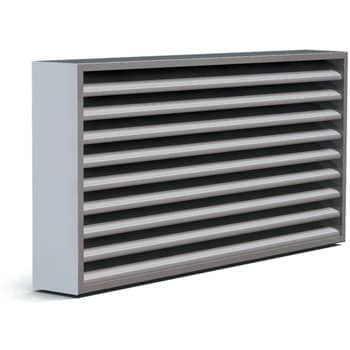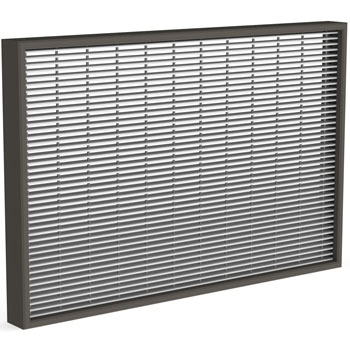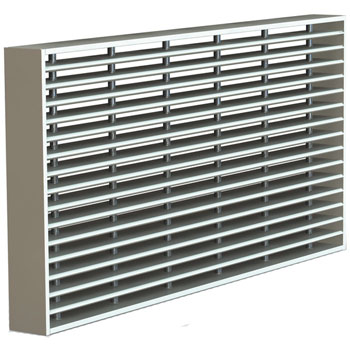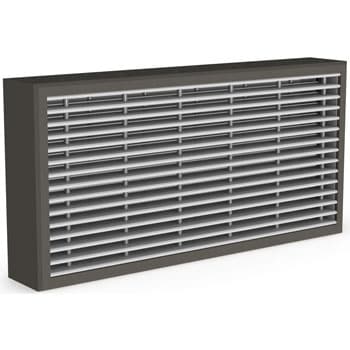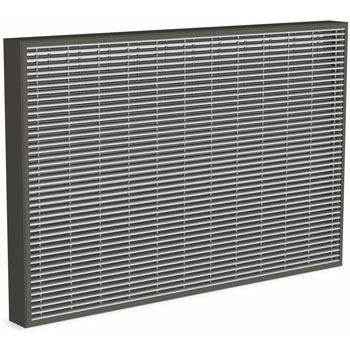FIRE RESISTANT GRILLS
– Designed for Quick & Easy installation
– All grills are UKCA certified
– Unparalleled Quality
– Unbeatable Price Value
– Exceptional Service
– Made & designed for the UK market

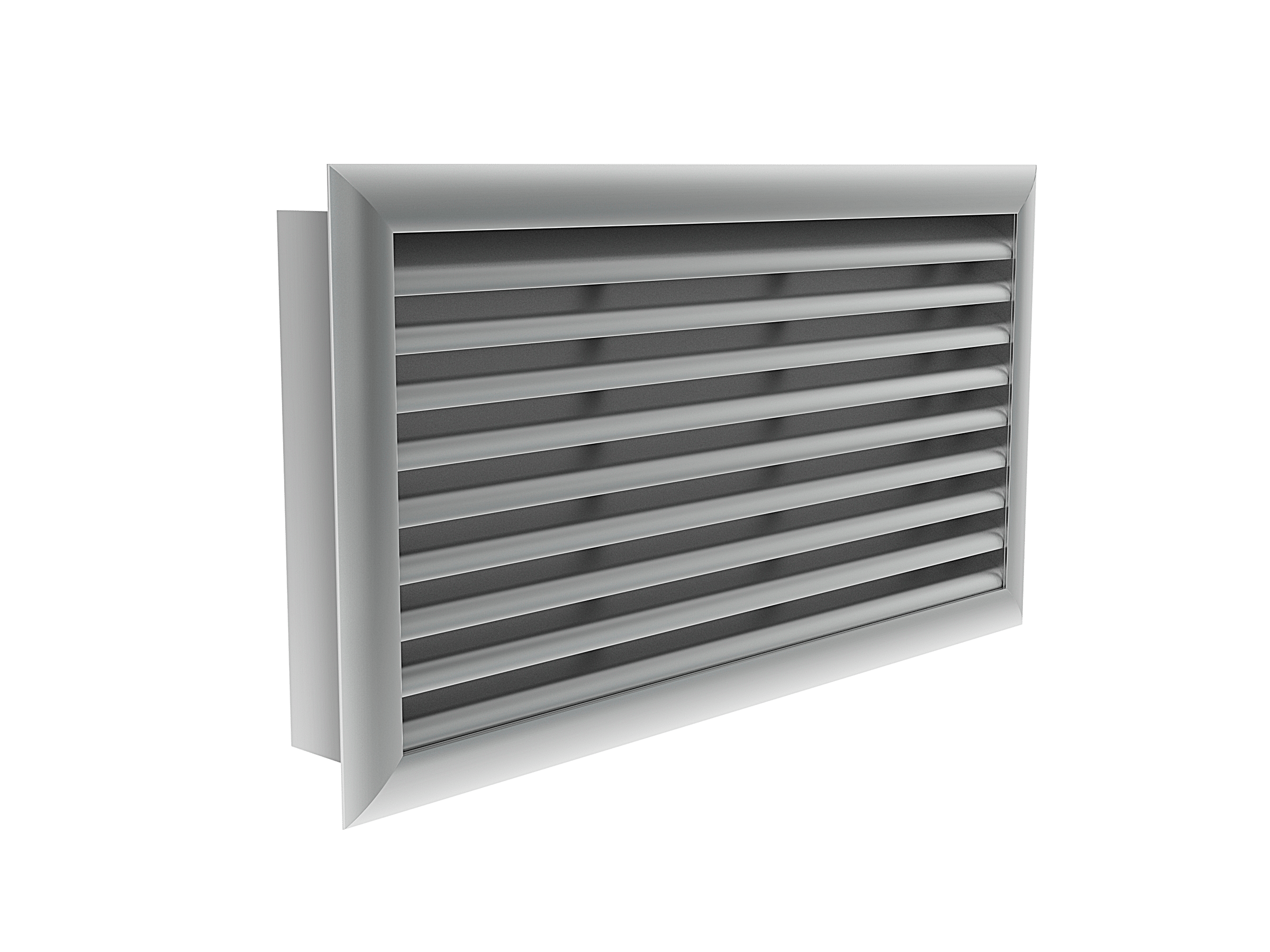
– Designed for Quick & Easy installation
– All grills are UKCA certified
– Unparalleled Quality
– Unbeatable Price Value
– Exceptional Service
– Made & designed for the UK market

> GZ60 | 60' fire resistance | 100x100mm > 800x400mm
> GE60 series | 60' fire resistance | 900x200mm > 1200x800mm
> GE90 | 90' fire resistance | 100x100mm > 800x400mm
> GE120 | 120' fire resistance | 900x200mm > 1200x800mm
How does a fire-rated ventilation grille function?
Rf-Technologies
The operation of a fire-resistant transfer grille relies on the expansion properties of the intumescent materials within the profiles. As the ambient temperature reaches 100°C, the material swells, increasing its thickness by several times. This causes the slats to fuse, creating a non-combustible mass that offers fire resistance comparable to the penetrated structure. In doing so, it obstructs the progression of flames, heat, and gases.
1. The intumescent grille comprises horizontal profiles containing intumescent material.
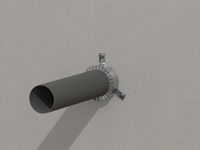
2. In the event of a fire outbreak, as the temperature reaches 100°C,
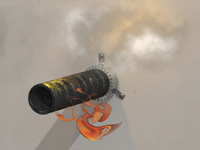
3. The intumescent material expands significantly, effectively barring the passage of both smoke and flames.
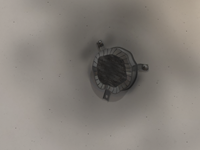
What is the purpose of a fire-resistant grill?
The purpose of a fire-resistant grill is to provide a passive fire protection measure within buildings and structures. Fire-resistant grills are designed to prevent the spread of fire, smoke, heat, and gases through openings in walls, floors, or partitions where ventilation or air transfer is required. These grills are specifically engineered to withstand the effects of a fire and maintain compartmentalization, thereby enhancing the overall fire safety of a space.
Key purposes of a fire-resistant grill include:
Fire Compartmentalization:
Fire-resistant grills play a critical role in maintaining the integrity of fire compartments within a building. They prevent fire and smoke from rapidly spreading from one area to another, allowing occupants more time to evacuate and reducing the potential for extensive fire damage.
Smoke Control:
Fire-resistant grills help control the movement of smoke within a building during a fire. By impeding the passage of smoke and gases, these grills contribute to improved visibility, air quality, and safety for both occupants and emergency responders.
Maintaining Exit Routes:
In emergency situations, clear and accessible exit routes are essential for swift evacuations. Fire-resistant grills ensure that exit paths remain free from smoke and flames, aiding the safe evacuation of occupants.
Protecting Property:
By confining the fire to its point of origin, fire-resistant grills help prevent the destruction of property and valuable assets within a building. This containment can reduce the financial impact of a fire incident.
Preserving Structural Integrity:
Fire-resistant grills contribute to maintaining the structural stability of a building. By preventing the spread of fire to load-bearing elements, these grills help prevent structural collapse.
Compliance with Regulations:
Many building codes and regulations require the installation of fire-resistant barriers, including grills, in certain types of buildings and spaces. Using fire-resistant grills helps ensure compliance with these regulations and codes.
Enhanced Fire Safety:
Fire-resistant grills are an integral part of an overall fire safety strategy. When combined with other fire protection measures such as fire-rated walls, doors, and sprinkler systems, they contribute to a comprehensive and effective fire safety plan.
In essence, the purpose of a fire-resistant grill is to act as a barrier that limits the spread of fire and smoke, buys time for evacuation and firefighting efforts, and ultimately reduces the potential damage and danger posed by a fire incident.

